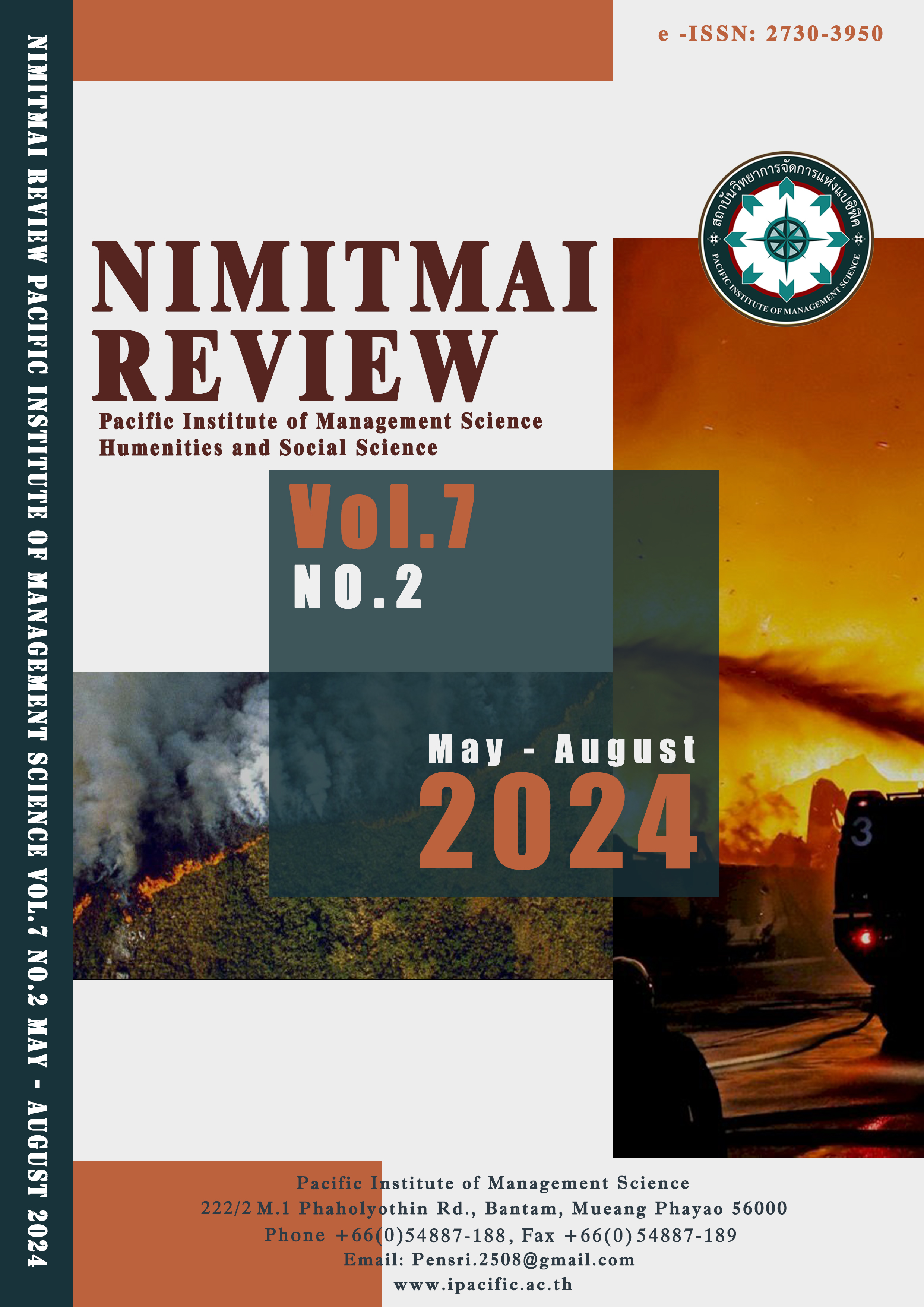Empirical analysis of the factors influencing the employment of art undergraduates in local colleges and universities: Chengdu University, China
Keywords:
Art graduates, Employment Status, Influencing FactorsAbstract
Political outlook, mother's education level, role of communication place, career planning and interpersonal communication have a direct or indirect impact on employment. This paper points out that the employment rate of art graduates of local colleges and universities can be enhanced by strengthening the management of cultural courses, exploring the multi-path of improving the overall quality, strengthening the construction of exchange places, building a part-time employment guidance team, and setting up parent training and liaison projects. First, at present, the employment rate of art graduates from local colleges and universities is relatively low. Under the statistical caliber that only includes entering a higher education and signing employment agreements, the overall employment rate is about 21.44%-34.96%, and it is in the father's education Based on 170 case data from Q University College of Art, using interval estimation, column table analysis and logistic regression analysis, it is found that the employment rate of new undergraduates in the art category of local colleges is low, and there are significant differences in the subgroup variable of father's education level; Variables such as cultural basic course results, level. There are significant differences in grouping variables. Second, variables such as the ranking of cultural class scores, political outlook, mother's education level, and the role of communication venues have a significant impact on the employment of art graduates from local colleges and universities, and the two variables of career planning and interpersonal communication have a substantial impact. The above exists but has the characteristics of concealment and indirectness.
References
Ba Yuxi, Ye Furong, Problems and Countermeasures in Employment Education of Fine Arts (Design) College Students [J]. Journal of Theory,2010 (11): 186-188.
Jiang Yun, A Study on the Career Anxiety of College Art Graduates and Their Characteristics [J], Nanjing Art Science , 2009 (1) : 119-122.
Li Zhiqiang, Reflections on the Employment of Art Graduates in Colleges and Universities [J]. Jiangsu Higher Education, 2009 (5) : 104-105.
Leedy, P.D. and Ormrod, J.E. (2005) Practical Research: Planning and Design. Prentice Hall, Upper Saddle River, NJ.http://www.worldcat.org/title/practical-research-planning-and-design/oclc/53831701
Lu Xueyi, Social Mobility in Contemporary China [M]. Beijing: Social Sciences Academic Press, 2004:13.
Oosterbeek, H. & van Ophem, H. (2000) Schooling Choices: Preferences, Discount Rates and Rates of Return. Empirical Economics, 25, 15-34.
Downloads
Published
How to Cite
Issue
Section
License
Copyright (c) 2024 Nimitmai Review Journal

This work is licensed under a Creative Commons Attribution-NonCommercial-NoDerivatives 4.0 International License.



